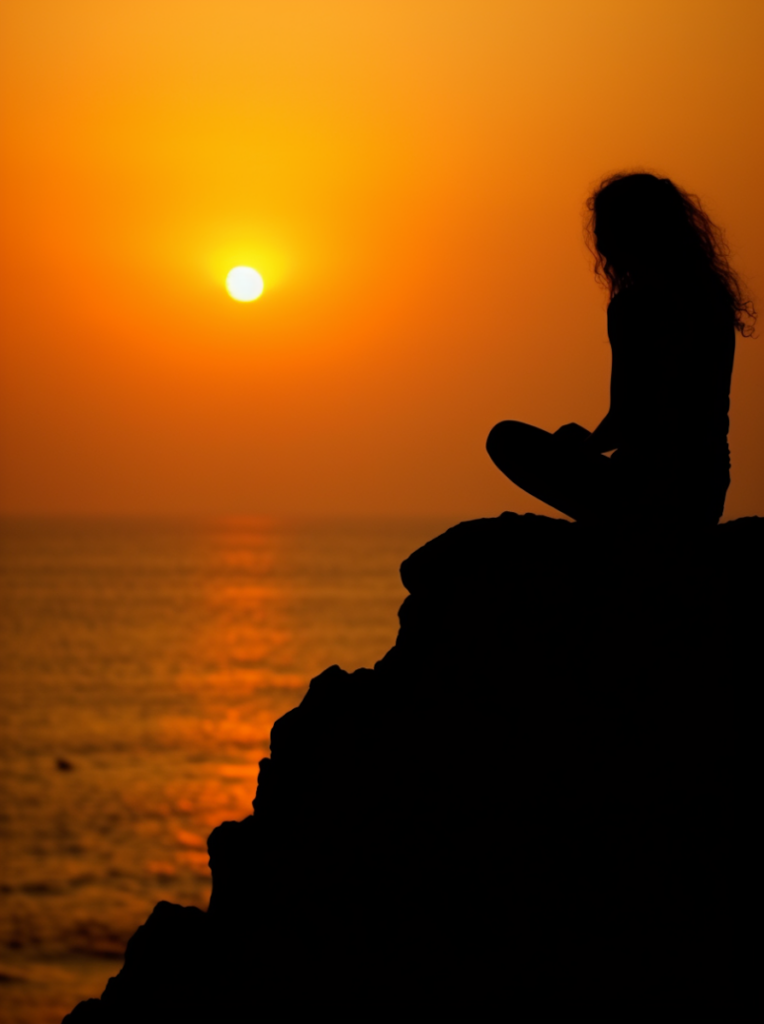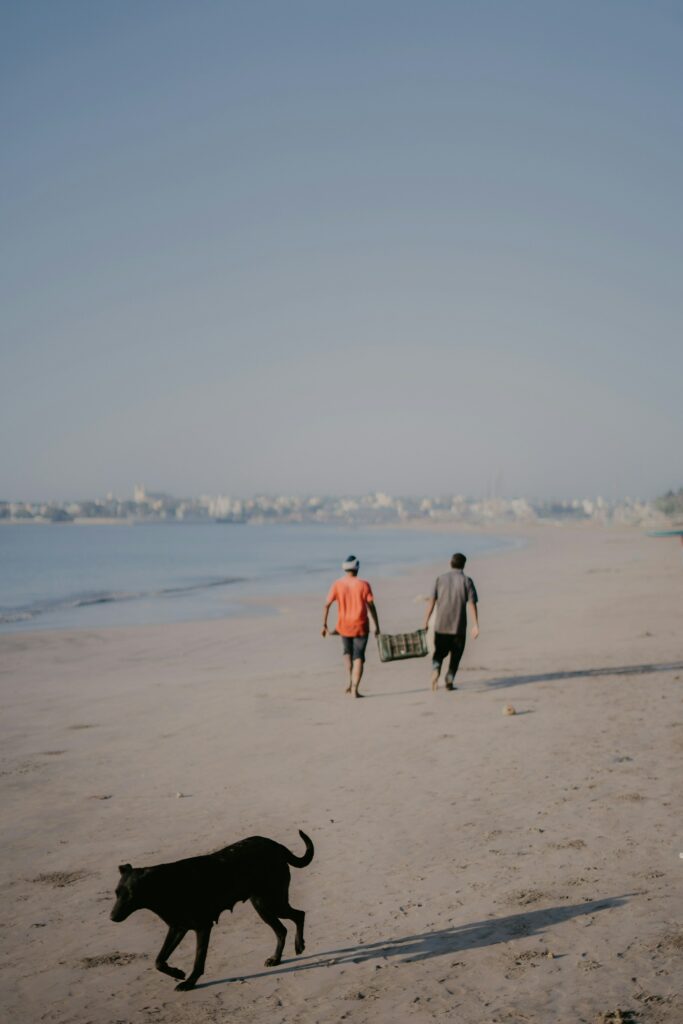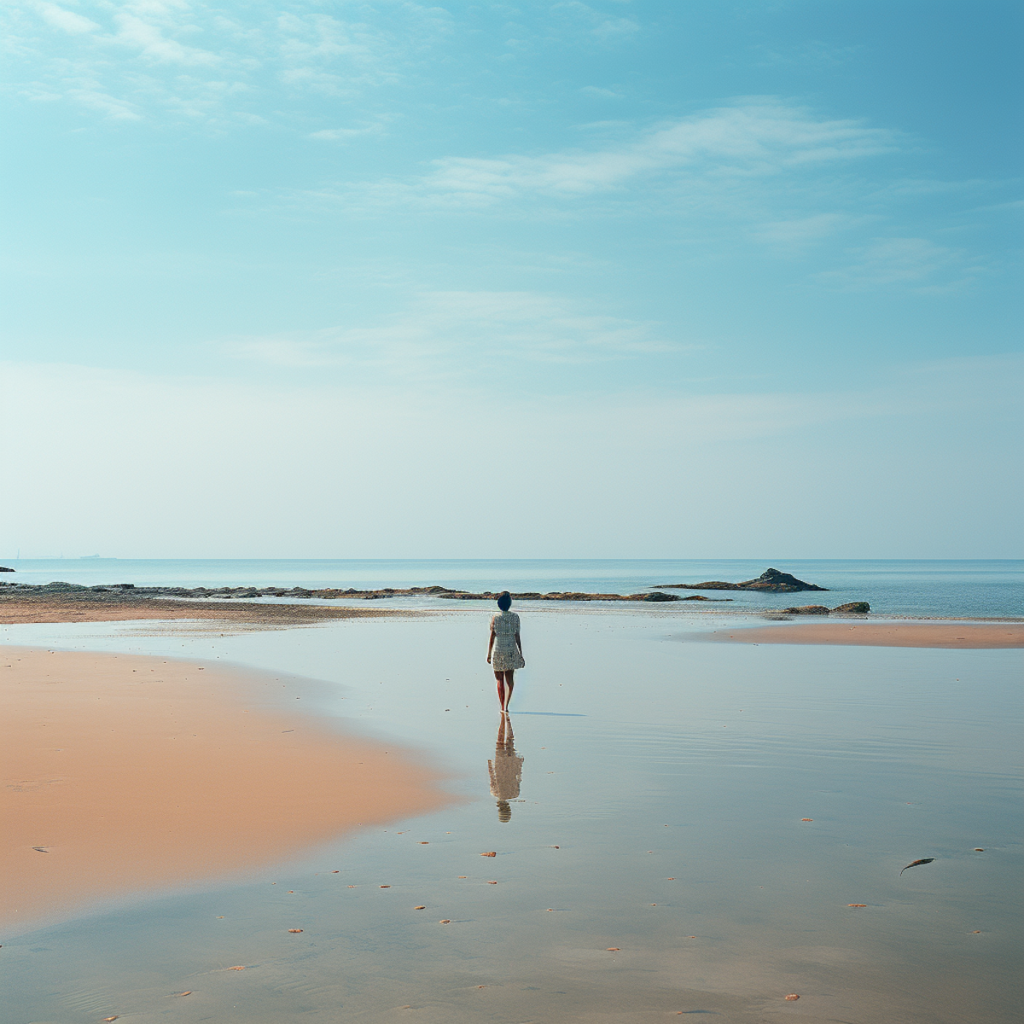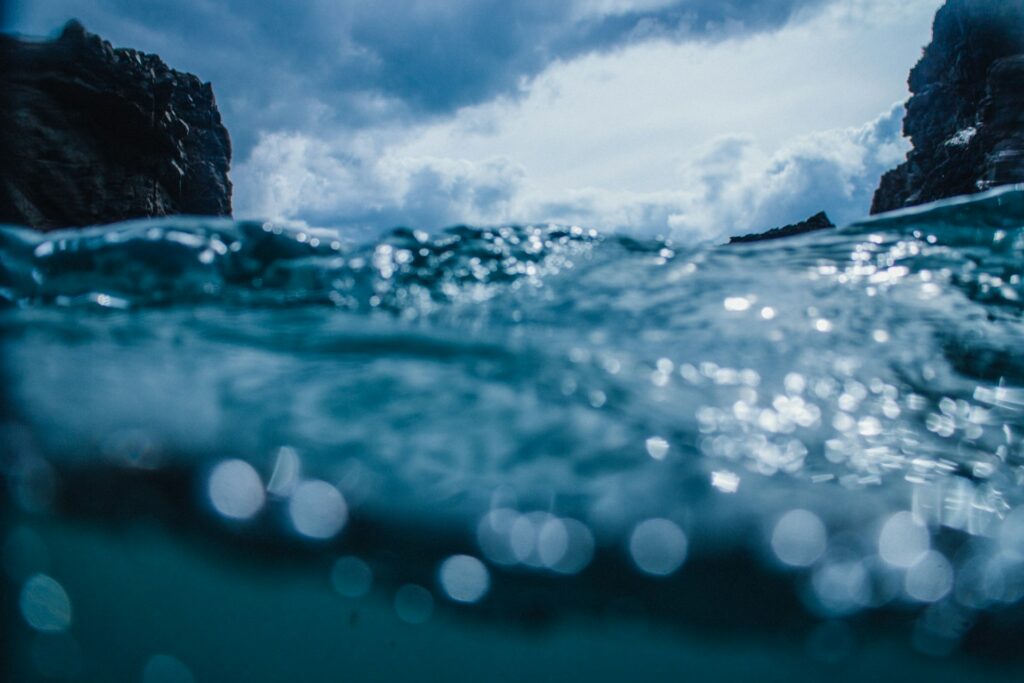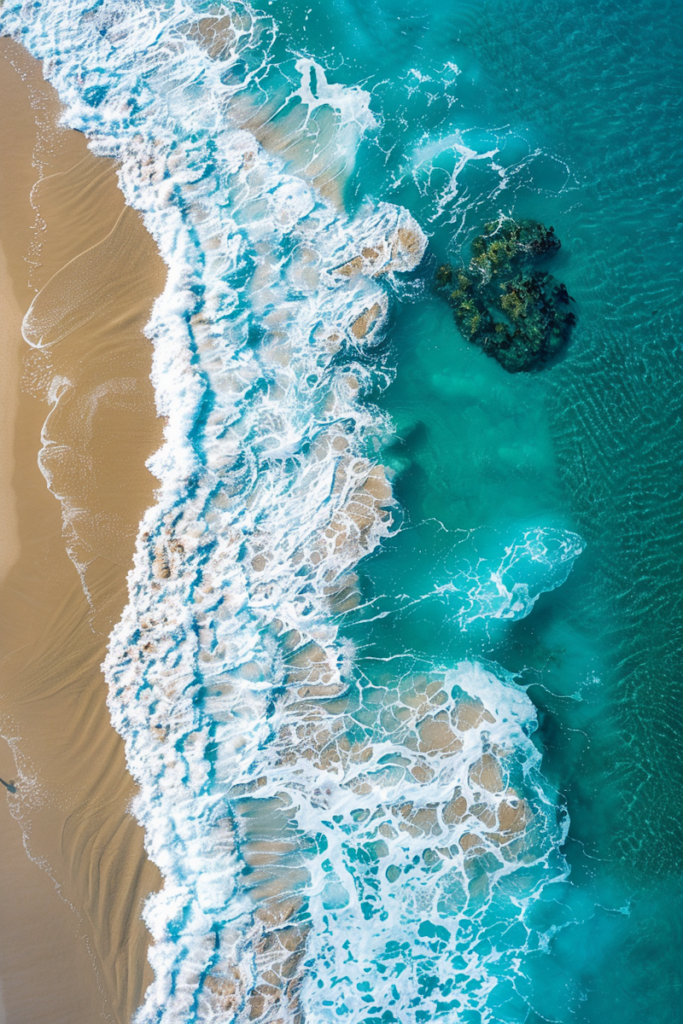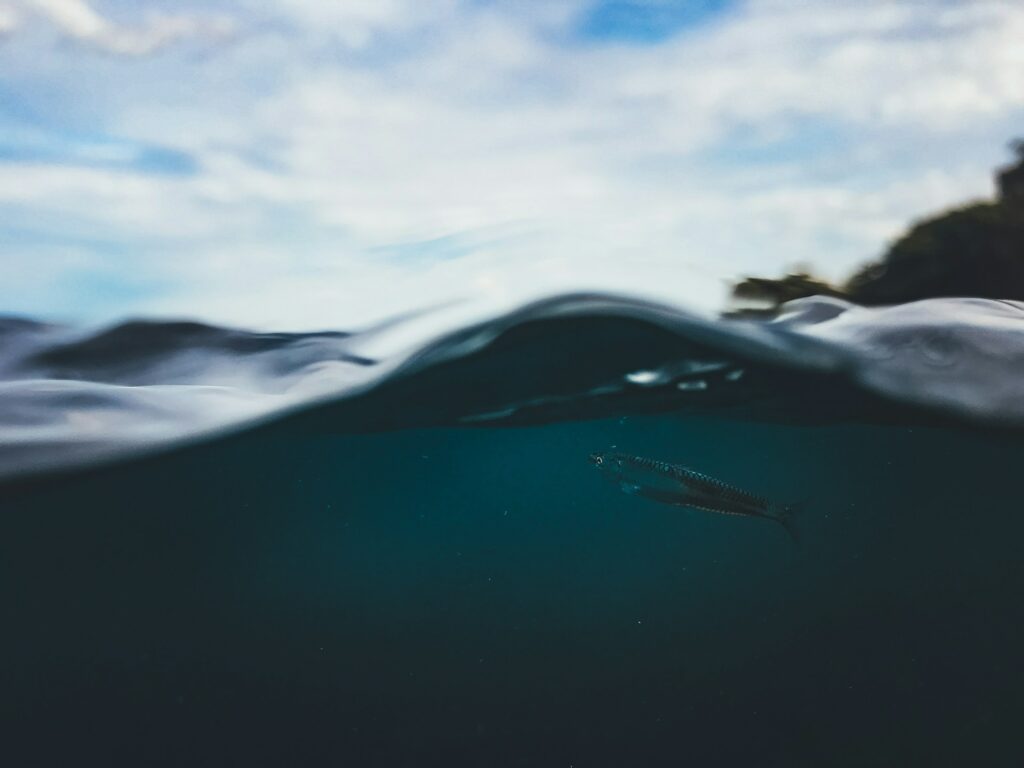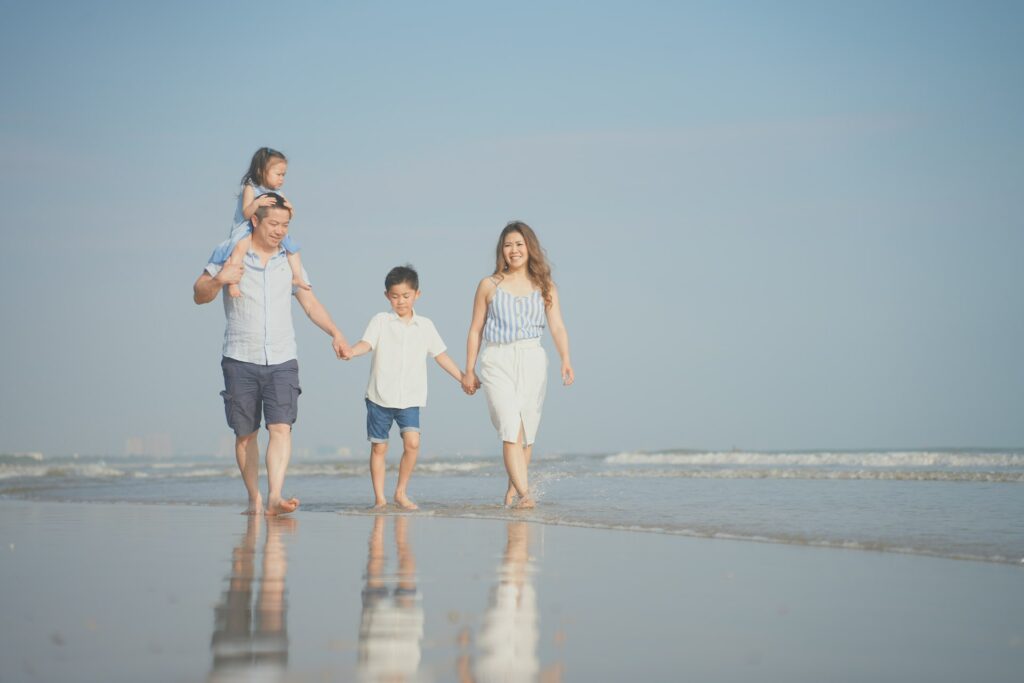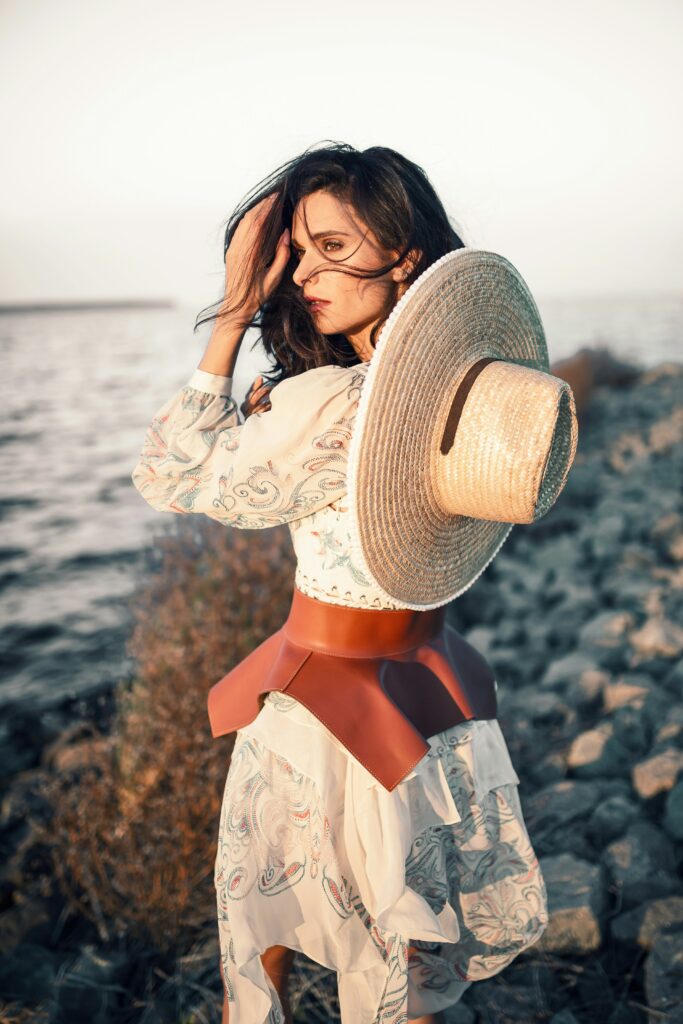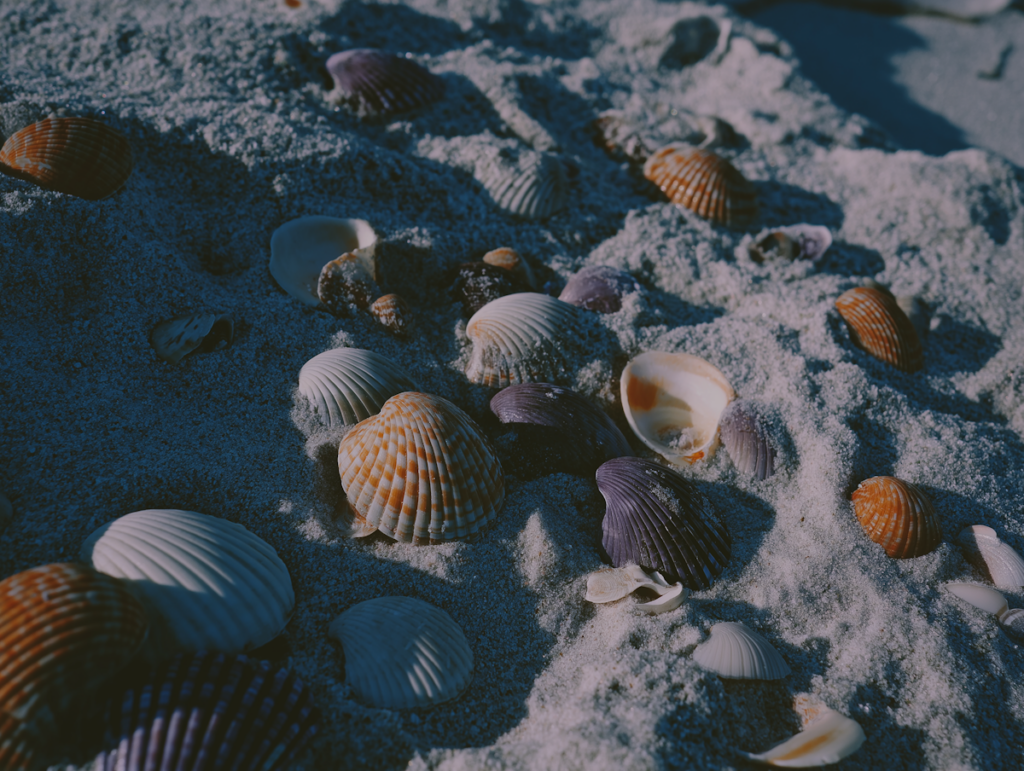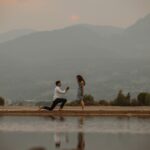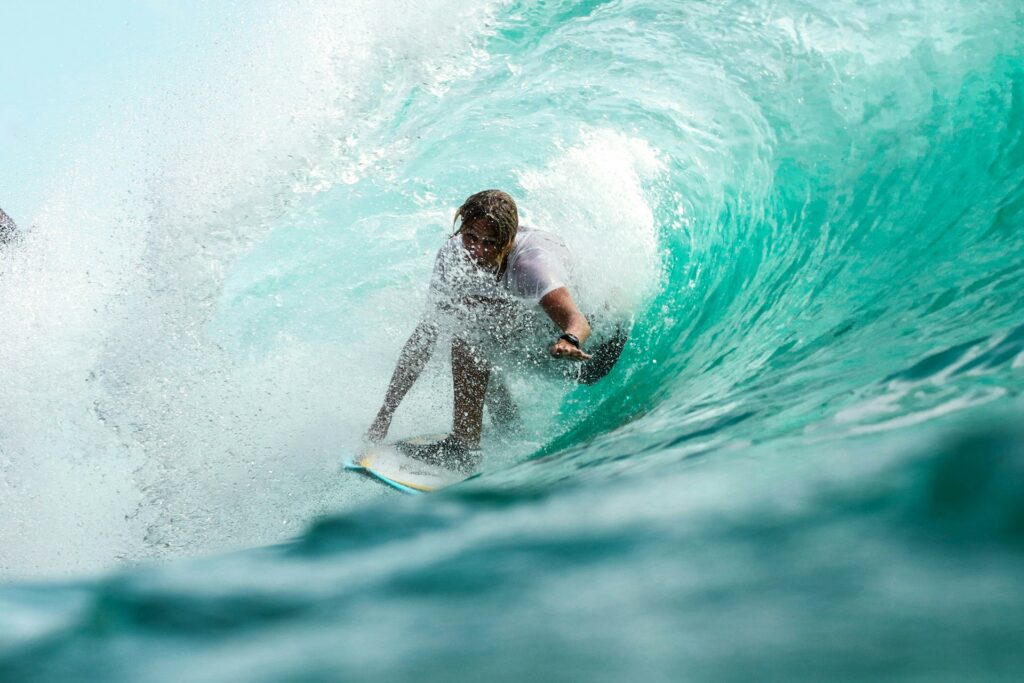
The beach is one of the most dynamic and rewarding places to practice photography. With its ever-changing light, natural textures, and wide-open spaces, the seaside can transform into your dream studio. But while beaches offer stunning backdrops, they can also be tricky—harsh sunlight, reflective sand, and unpredictable weather all play a role in how your images turn out.
That’s why I’ve put together this guide of beach photo ideas packed with practical photography tips. Whether you’re shooting with a DSLR, mirrorless, or even your smartphone, these ideas will help you go beyond basic snapshots and create memorable, professional-looking photos.
1. Sunset Silhouettes
Nothing beats the drama of a beach sunset. To capture a strong silhouette, position your subject directly between your lens and the setting sun. Expose for the sky (not your subject) by lowering your exposure compensation until the sky’s colors look rich and saturated. This will naturally darken your subject into a striking outline. For an extra punch, encourage your subject to strike dynamic poses—jumping, stretching, or holding hands—to create interesting shapes.
2. Walking by the Shoreline
This timeless pose captures the serenity of the beach. Instead of having your subject look directly at the camera, ask them to walk naturally along the water’s edge. Shoot slightly from the side and include their footprints trailing behind—it adds depth and a storytelling element. Use a medium focal length (around 50mm) to keep the focus on the person while still showcasing the shoreline. Early morning or late afternoon light will keep shadows soft and flattering.
3. Reflections in Wet Sand
After waves retreat, wet sand creates a natural mirror that’s perfect for creative shots. Position your subject where their reflection is visible, then get low to the ground to maximize symmetry. A polarizing filter can reduce glare while keeping colors vibrant. For best results, shoot during golden hour when the light is softer, which helps the reflection pop without overexposure. Try both centered compositions for symmetry and off-center for a more artistic feel.
4. Motion Blur of Waves
Water is one of the best subjects for experimenting with shutter speed. To create dreamy, mist-like waves, use a tripod and slow your shutter speed to around 1/4 to 1 second. Have your subject remain still while the water moves around them for a surreal effect. If you’re shooting in daylight, attach a neutral density (ND) filter to prevent overexposure. For added contrast, dress your subject in bold colors so they stand out against the soft blur.
5. Drone Shots Over the Coastline
Beaches are made for aerial photography. From above, you can capture sweeping shoreline curves, patterns of waves, or even group shots where people form shapes in the sand. When shooting overhead, look for leading lines—like the edge of the water or boardwalks—that guide the eye through the image. Try top-down shots at midday when shadows are minimal, giving you clean, graphic images. Always check local drone regulations and fly safely away from crowds.
6. Underwater and Half-Submerged Shots
If you have waterproof gear, experiment with half-above, half-below water photography. These images showcase both the surface world and underwater scenery in one frame. Use a wide-angle lens for a more dramatic split and make sure your dome port is clean for clarity. To balance exposure, try shooting when the sun is high so there’s enough light both above and below the surface. Encourage your subject to wear bright swimwear—it helps them stand out against the blue tones.
7. Family and Couple Storytelling Shots
Beaches are popular for family portraits and romantic sessions because they naturally bring out candid emotions. For couples, suggest playful prompts like running into the waves, wrapping up in a blanket, or walking hand-in-hand at sunset. For families, let kids play—building sandcastles, chasing seagulls, or splashing in the water—and capture moments in between the laughter. Use a fast shutter speed (1/500 or higher) to freeze motion while keeping expressions crisp. Shoot from different angles—overhead, wide, and close-up—to create a storytelling set.
8. Outfit and Styling Shots
Clothing can completely change the mood of a beach photo. Light fabrics and flowy dresses work beautifully because they move with the breeze and catch the sunlight. Suggest pastel or neutral tones like white, beige, or soft blues to complement the sand and water, and avoid busy patterns that compete with the background. To create lifestyle-inspired photos, use accessories like woven hats, sunglasses, or beach blankets as props. Remember to adjust your white balance if colors look too cool in-camera.
9. Action and Sports Shots
Surfing, volleyball, or even kids jumping waves can add energy to your portfolio. Use burst mode to capture fast sequences so you don’t miss the perfect mid-air moment. A telephoto lens works well to keep your distance while still getting close shots. Position yourself with the sun behind you to keep subjects evenly lit. If shooting surfers, track them continuously with your autofocus system and aim for the moment they hit the crest of a wave.
10. Storytelling Through Details
Not every beach photo has to be wide and sweeping—details tell stories too. Capture close-ups of seashells in someone’s hand, sandy feet, or water dripping off a surfboard. For these shots, use a shallow depth of field (f/2.8 or wider) to blur the background and keep focus tight on the subject. Look for textures like footprints, rope, or driftwood to create visual interest. These details make your overall beach gallery feel more complete and intentional.
Bonus Tip: Enhance Your Beach Photos with Simple Edits
Even with the best light and composition, sometimes your beach photos need a little extra polish. That’s where editing tools come in handy. With Colorcinch, you can easily add a light leak effect to give your shots that dreamy, vintage vibe that feels straight out of a film camera. If your photo turned out too dark or washed out from harsh sunlight, the image brightener and darkener tools let you fine-tune exposure in seconds. And for those almost-perfect shots where a stranger wandered into the frame, you can use the object remover to clean up distractions and keep the focus where it belongs. Small tweaks like these can take your beach photography from good to stunning—without hours of editing.
Best Time to Take Beach Photos
The beach looks different depending on the time of day, and choosing the right light can make or break your photos. Here’s a quick guide to the best times to take beach photos and how to make the most of each one.
Golden Hour
Golden hour—the hour after sunrise and the hour before sunset—is a photographer’s best friend at the beach. The light is soft, warm, and directional, which makes portraits flattering and landscapes glow with rich tones. Shadows stretch longer, adding depth and drama to your composition. If you’re photographing people, have them face slightly toward the sun for natural catchlights in their eyes, or turn them against the sun for stunning rim lighting.
Midday
Shooting at midday can be challenging because the light is harsh and shadows are deep, but it’s perfect for vibrant, energetic images. Think beach volleyball, surfing, or candid lifestyle shots with sunglasses and swimsuits. To control glare from the water and sand, use a polarizing filter—it deepens skies, cuts reflections, and makes colors pop. If possible, position your subject so the sun is behind them, then use a reflector or fill flash to soften harsh shadows on their face.
Blue Hour
The blue hour occurs just after sunset or just before sunrise, when the sky glows in cool shades of blue and purple. It’s an ideal time for moody, cinematic images, especially silhouettes or long-exposure water shots. Because the light is dim, bring a tripod to keep your camera steady and lower your shutter speed. Experiment with slower exposures to smooth out waves or capture the glow of beach lights coming alive in the background.
Final Thoughts
The beach is a dream location for photographers, but getting great shots requires more than pointing and clicking. The best beach photo ideas come to life when you combine composition, technical settings, and storytelling. From reflective sand shots to drone perspectives, every idea on this list is an opportunity to experiment and grow your skills.
So the next time you pack your camera for a beach trip, try one or two of these ideas—and don’t forget to enjoy the process. The ocean is always moving, always changing, and that means you’ll never take the same photo twice.



